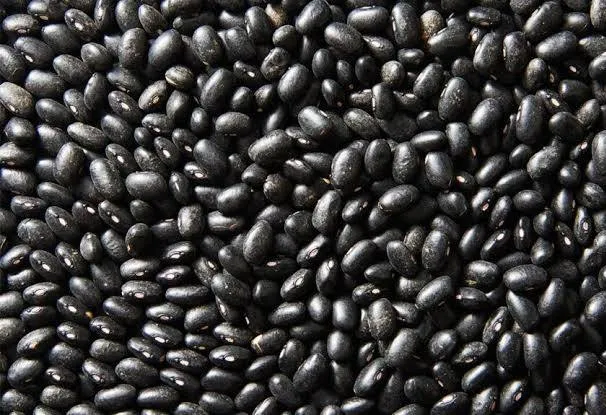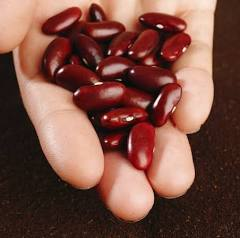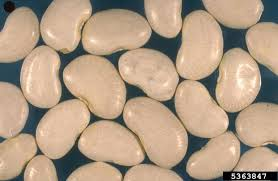Unlock Health: Discover 6 Power-Packed Beans for Fiber and Protein Boosts!
:max_bytes(150000):strip_icc()/Beans-a5fd4ef5f4ca4b36a7e28f419c487bb3.jpg)
Beans, including varieties like navy, black, garbanzo (chickpeas), kidney, pinto, and lima beans, rank among the healthiest foods available. They deliver exceptional amounts of fiber, protein, and key minerals—magnesium and potassium—nutrients often missing from modern diets. Adding beans regularly to a balanced diet can markedly improve overall nutrition and may lower the risk of heart disease and obesity. Consistent intake supports healthy weight management, stable blood sugar, and better cholesterol levels, all of which help protect the heart. When choosing bean products, pick plain dried or unflavored canned beans; avoid baked or refried versions, which usually pack high levels of added sugar and salt.
Navy Beans—also called haricot, Boston, or pea beans—are nutrient powerhouses loaded with fiber, protein, folate, and other vital vitamins and minerals. Their creamy texture and nutty flavor shine in soups and stews. The high protein and fiber content aids weight-loss efforts while helping lower blood sugar and blood lipid levels. One cup of cooked navy beans delivers about 296 calories, 19.7 g protein, 13.4 g fiber, plus strong daily values of folate (41%), iron (27%), manganese (43%), magnesium (29%), potassium (16%), and selenium (28%).
Photo credit: google image Black Beans—Black beans top the list of most-consumed beans in the United States. With their mild, earthy taste and soft texture, they pair beautifully with vegetables, grains, and proteins. They supply generous folate—a B vitamin essential for fetal development during pregnancy—along with standout fiber and protein that promote fullness and curb overeating. One cup of cooked black beans offers roughly 227 calories, 15.2 g protein, and 15.2 g fiber. Key micronutrients include folate (64% DV), copper (40% DV), iron (20% DV), manganese (33% DV), magnesium (29% DV), and potassium (13% DV). A 2023 study found that people who regularly ate legumes like black beans gained far less weight and kept slimmer waists over a decade than those who rarely or never did.
Photo credit: google image Garbanzo Beans (Chickpeas) Chickpeas, or garbanzo beans, are kitchen all-stars, starring in curries, hummus, salads, and soups. They pack protein, fiber, potassium, and magnesium—nutrients that support weight control, heart health, and steady blood sugar. Potassium and magnesium help regulate blood pressure; fiber, protein, and magnesium together keep glucose levels in check. Regular chickpea eaters typically consume more fiber, healthy fats, folate, magnesium, potassium, and iron. One cup of cooked chickpeas provides about 269 calories, 14.5 g protein, and 12.5 g fiber, plus folate (71% DV), manganese (73% DV), iron (26% DV), magnesium (19% DV), and potassium (10% DV).
Photo credit: google image Kidney Beans: bring a subtle sweetness and soft texture to chili and rice dishes. Loaded with fiber, folate, protein, magnesium, manganese, and potassium, they contain resistant starches that raise blood sugar more slowly than refined carbs. A 2022 study pegged their glycemic index at 32.47–52.99. Choosing fiber- and protein-rich complex carbs like kidney beans helps both diabetic and non-diabetic people maintain healthy glucose levels. One cup of cooked kidney beans supplies around 225 calories, 15.3 g protein, and 13.1 g fiber, plus iron (29%), folate (58%), manganese (38%), selenium (28%), magnesium (19%), and potassium (15%). A 2023 review showed that eating pulses, including kidney beans, significantly improved fasting blood sugar, fasting insulin, and HbA1c in people with type 2 diabetes.
Photo credit: google image Pinto Beans: Pinto beans are America’s favorite bean. Earthy and versatile, they boast the highest fiber count on this list and rank high in protein. That fiber fuels healthy digestion and feeds gut bacteria, which produce short-chain fatty acids (SCFAs). These compounds deliver anti-inflammatory, anti-obesity, anticancer, heart-protective, and brain-protective benefits. One cup of cooked pinto beans contains about 245 calories, 15.4 g protein, and 15.4 g fiber, plus folate (74% DV), thiamin (28% DV), vitamin B6 (23% DV), manganese (34% DV), magnesium (20% DV), and potassium (16% DV).
Photo credit: google image Lima Beans: Though sometimes overlooked, lima beans deserve a regular place on your plate. Their mild flavor and creamy texture make them perfect as a side or mixed into pasta and soups. Lima beans supply magnesium, potassium, and fiber—three allies for heart health. Magnesium and potassium ease blood pressure; fiber lowers cholesterol by reducing absorption and boosting excretion. One cup of cooked lima beans delivers roughly 209 calories, 11.6 g protein, and 9.0 g fiber, plus manganese (92% DV), magnesium (30% DV), potassium (21% DV), vitamin C (19% DV), thiamin (20% DV), vitamin B6 (19% DV), and iron (23% DV). A 2019 review of 28 studies found that the highest bean eaters cut their risk of high blood pressure by 9% and coronary heart disease by 10% compared with the lowest.
Photo credit: google image
Beans to Limit Some bean products, such as baked and refried beans, often hide large doses of added sugar and salt. Cutting back on these additives protects long-term health. When buying them, choose low-sodium, low-sugar versions—or better yet, make your own with wholesome ingredients.
Recommended Articles
Beans: Africa’s Humble Superfood That Feeds Generations and Memories
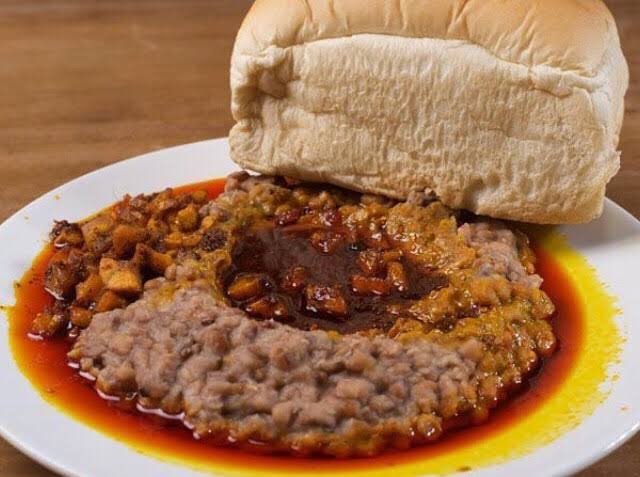
If there’s one food that shows up almost everywhere in Africa, it’s beans. You’ll find them in Ghana’s waakye, Kenya’s m...
Juice Jolt! Your Blood Sugar's Rollercoaster Ride After a Sip
:max_bytes(150000):strip_icc()/Health-GettyImages-JuiceBloodSugar-83cb2410c53a43dfa3ff399b54a14c3a.jpg)
Fruit juice, despite its nutritional benefits, can significantly impact blood sugar due to its high sugar and low fiber ...
Kombucha's Secret Impact: Unveiling Its Effect on Your Blood Sugar Levels
:max_bytes(150000):strip_icc()/Health-GettyImages-1396531488-b07aa0e4b22f42b3acd1ec41c97a8ab6.jpg)
This article delves into how kombucha, a fermented tea, affects blood sugar levels. While containing some sugar, ferment...
The Cranberry Effect: How Regular Consumption Impacts the Body
:max_bytes(150000):strip_icc()/what-happens-to-your-body-when-you-eat-cranberries-regularly-11857081-b0cf077a014b441b9392f1a5b0abbec2.jpg)
Cranberries offer digestive, immune, heart, and urinary health benefits when eaten regularly, though moderation is key t...
Multigrain Mystery: Dietitian Reveals If It's Truly the Healthiest Bread
:max_bytes(150000):strip_icc()/Health-GettyImages-IsMultiGrainBreadHealthier-6fe2b53b491e482aad3e470925712adc.jpg)
Understanding bread labels is crucial for healthy eating, as multigrain bread isn't always as nutritious as it sounds. T...
You may also like...
IJGB vs Nigerians: The Unspoken Class War Beneath the Jokes

IJGB season is chaos: fake-accent allegations, Lagos gatekeeping, and prices that suddenly “upgrade.” Let’s talk about w...
The Cardiopad: How An African Innovation Rewired Cardiac Care in Africa
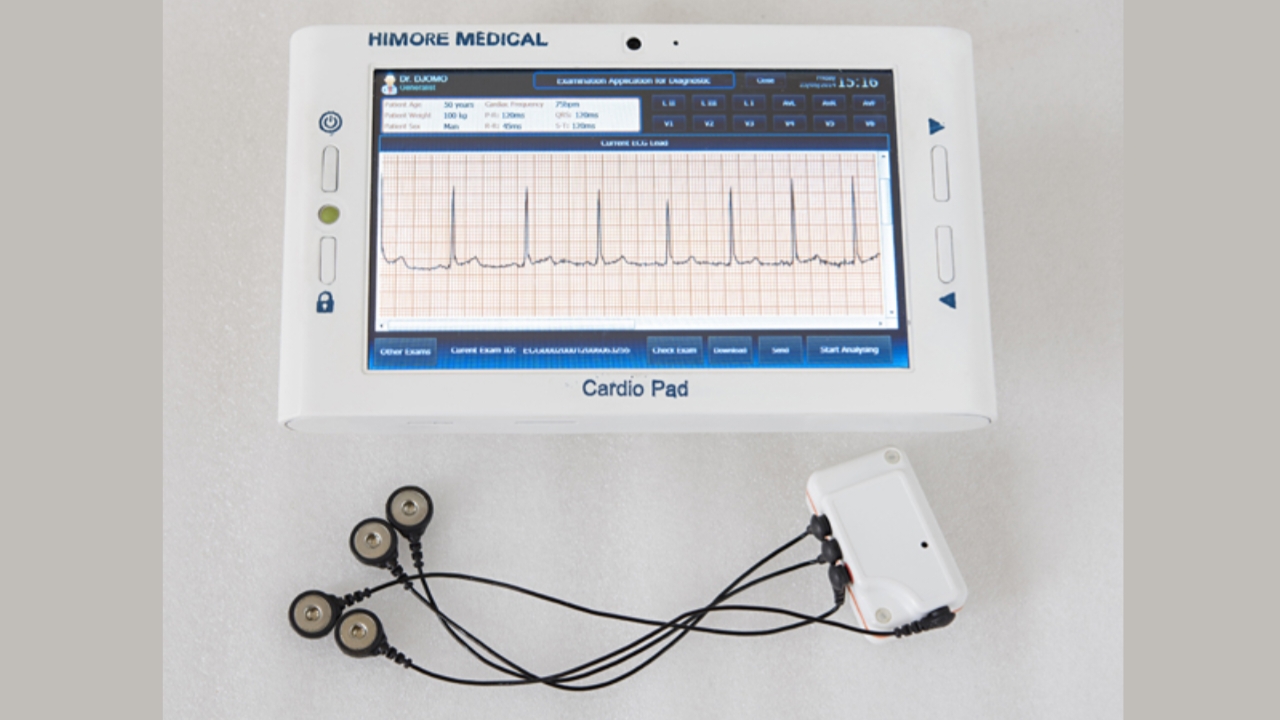
How a medical tablet transformed cardiac diagnosis across Africa, reshaping healthcare access and proving that African i...
Fulham's Raúl Jiménez Ends Year-Long Penalty Wait with Crucial Conversion

Raúl Jiménez scored a crucial penalty for Fulham against Nottingham Forest, securing a 1-0 win and extending his perfect...
Shockwaves! Oscars Ditch Traditional Broadcast, Move to YouTube – A Win for Niche Categories?

The Academy Awards are set to make a significant move to YouTube in 2029, departing from traditional ABC broadcasts. Thi...
Exclusive: 'Assassin's Creed' Netflix Series Snags Acclaimed Director Johan Renck

Netflix's live-action “Assassin’s Creed” series has named Emmy-winning “Chernobyl” director Johan Renck as its helmer, w...
Holiday Reign Continues: Mariah Carey & Wham! Dominate Global Charts!

Mariah Carey's 'All I Want for Christmas Is You' made history with its 20th week atop the Billboard Global 200, setting ...
Sphere-Sational Debut: Timothée Chalamet Makes History Atop Las Vegas Landmark!

Timothée Chalamet has launched an unprecedented marketing campaign for his new film, "Marty Supreme," including being th...
Ashaolu Prevailer's 2025 Turnaround: From Intense Struggle to Business Success!
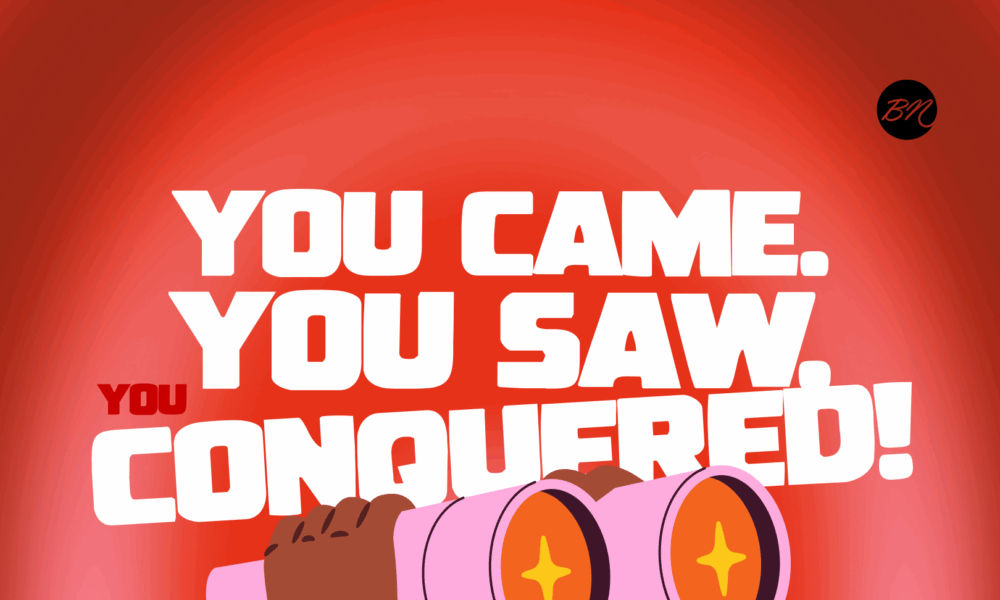
A 15-year-old reflects on a challenging yet transformative 2025, marked by personal illness and family financial struggl...

